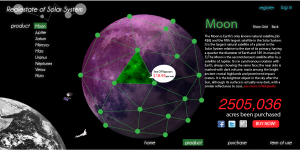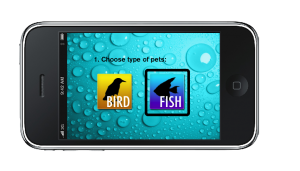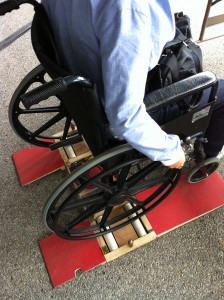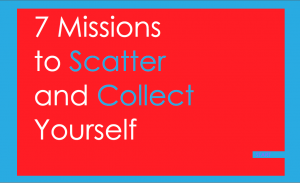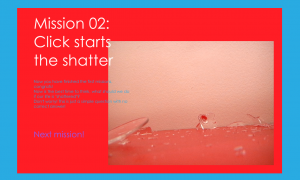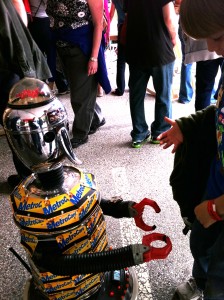1.Outer space real estate
My first screen-based mashup is to gather all information online of selling lands on different planets. This was quite a fad that people tended to buy a piece of moon for their lovers, seeming quite romantic in a way telling the story ” I bought you the moon!”. Since the lack of knowledge of universe, the website also mash up the wikipedia and other scientific sites to be references. Defending the consumers’ rights, this website can give them a clean and legal deal through the entire purchasing process. download the presentation
2.real pet App
Mashing up both physical and virtual application, the pet society game can become reality. My main pursuit of this design is to let children or office workers who are not permitted to have pets but at the same time want to experience it with different limitations. For children, this App can be a stepping stone of learning how to raise real animals, and can retrieve pets back if they are mature and responsible enough. For office workers who don’t have time to feed pets at home, they can take care of their pets remotely and have them on their little screens of smart phones at all time. This project might be impractical, but it still gives us an option to think about how we are going to play with pets and learn knowledge and responsibility of nurturing them.


